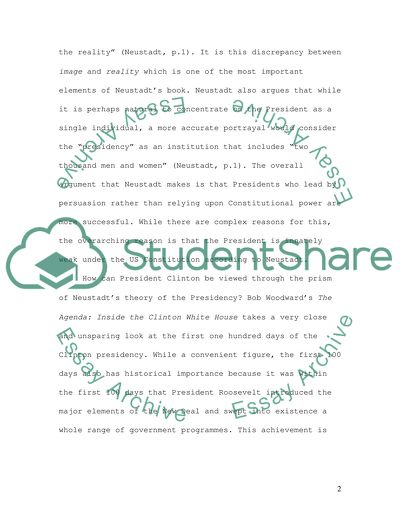Cite this document
(“Richard Neustadt's Studies Presidental Power Essay”, n.d.)
Richard Neustadt's Studies Presidental Power Essay. Retrieved from https://studentshare.org/politics/1528304-richard-neustadts-studies-presidental-power
Richard Neustadt's Studies Presidental Power Essay. Retrieved from https://studentshare.org/politics/1528304-richard-neustadts-studies-presidental-power
(Richard Neustadt'S Studies Presidental Power Essay)
Richard Neustadt'S Studies Presidental Power Essay. https://studentshare.org/politics/1528304-richard-neustadts-studies-presidental-power.
Richard Neustadt'S Studies Presidental Power Essay. https://studentshare.org/politics/1528304-richard-neustadts-studies-presidental-power.
“Richard Neustadt'S Studies Presidental Power Essay”, n.d. https://studentshare.org/politics/1528304-richard-neustadts-studies-presidental-power.


